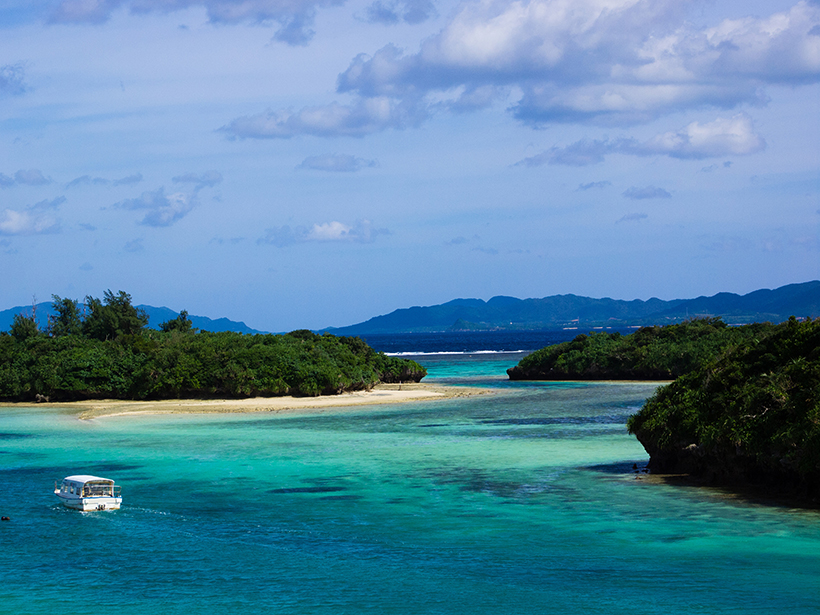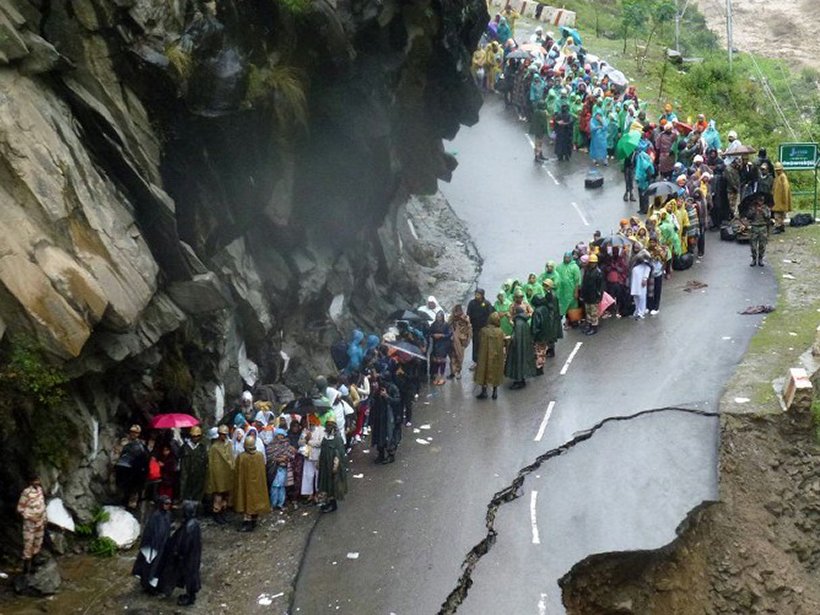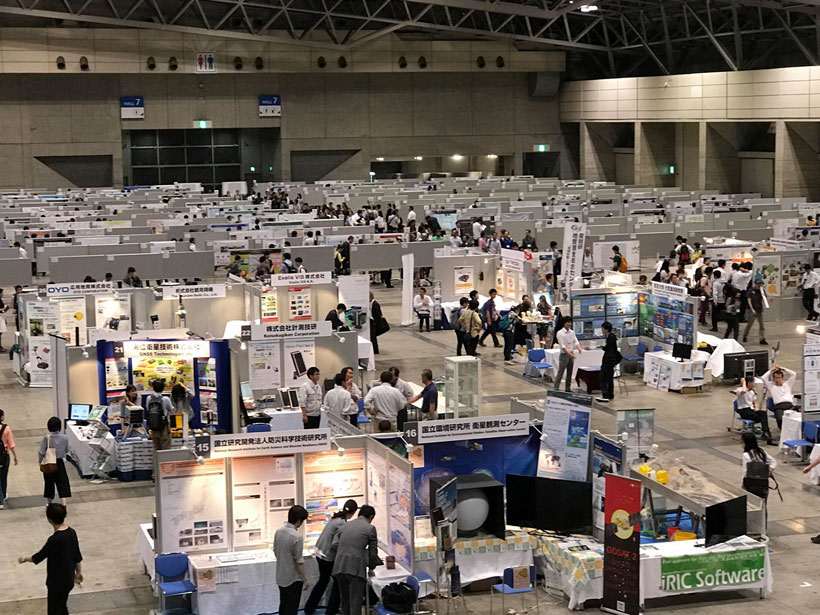Researchers modeled over 200,000 glaciers and found that mountainous regions in Asia contain significantly less glacial ice than previously estimated.
Asia
Unraveling the Origin of Slow Earthquakes
Different nucleation styles detected in five slow-slip events in the same area of Japan’s Ryukyu subduction zone suggest the physical properties along this tectonic plate interface change over time.
Landslide Database Reveals Uptick in Human-Caused Fatal Slides
Records of nearly 5,000 landslides around the world show that human activities like construction, illegal mining, and hill cutting are increasingly responsible for fatal slides, particularly in Asia.
Two Active Volcanoes in Japan May Share a Magma Source
Evidence collected following the 2011 eruption of Japan’s Shinmoedake volcano suggests that the powerful event affected the behavior of an active caldera nearby.
At-Sea Workshop Advances Subduction Zone Research
International Ocean Discovery Program Core-Log-Seismic integration at Sea (CLSI@Sea) workshop; Nankai Trough, Philippine Sea, off the coast of southwest Japan, January–February 2018
A Better Way to Predict the Indian Monsoon
A new study finds that including Himalayan topography and land-atmosphere interactions improves climate models.
How Ice Rafting Events Affect Asian Monsoon Hydroclimate
Cave stalagmites provide isotopic evidence that Bond events and Heinrich events have more variable effects on Asian monsoon hydroclimate during the last glacial period than during the Holocene.
Untangling Sediment Transport Through River Networks
A stochastic sediment routing model for river networks is inverted to determine sediment source areas based on point observations of grain size and sediment flux at the basin outlet.
IAEA Affirms Japan’s Fukushima-Related Radioactivity Monitoring
Laboratories outside Japan have validated the results. Marine radioactivity levels from the nuclear disaster have fallen, but questions remain years after the meltdown.
Japan-U.S. Joint Meeting: Geoscience for a Borderless World
The groundbreaking conference included sessions in Japanese, sessions in English, and sessions in which presenters used English language slides but could speak in Japanese.










